The names of some of Mumbai's old neighbourhoods and locations have quaint and, at times, rather curious origins
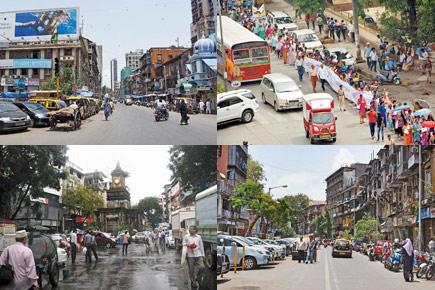
The area of Mandvi in central Mumbai has a rich history
Mandvi
ADVERTISEMENT
This area in south-central Mumbai derived its name from the Marathi word for Customs House. It was written 'Mandowim' in Portuguese and 'Mandavie' in early English records.
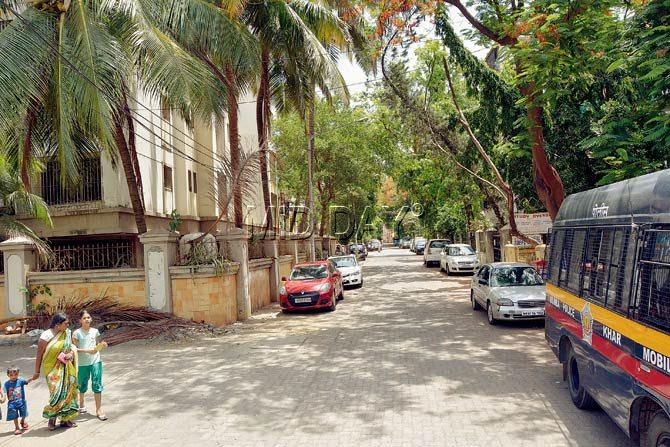
You thought Santa cruised here? Pic/Sayed Sameer Abedi
Santa Cruz
The name Santa Cruz was conferred on a tiny village, commonly known as Khulbhowree in the last century by the Salsette Christians, who were possibly the oldest inhabitants of this place. In the gulleys leading from SV Road to Santa Cruz station, locals from the original gaothans would assemble on a hillock to recite the rosary around a crude wooden cross that they had erected. At some point, the stumps of that cross started sprouting branches with leaves, that the locals believed was a miracle. The cross came to be known as Santa Cruz (Portuguese for Holy Cross). A chapel was built at the site, and the area held on to the name.
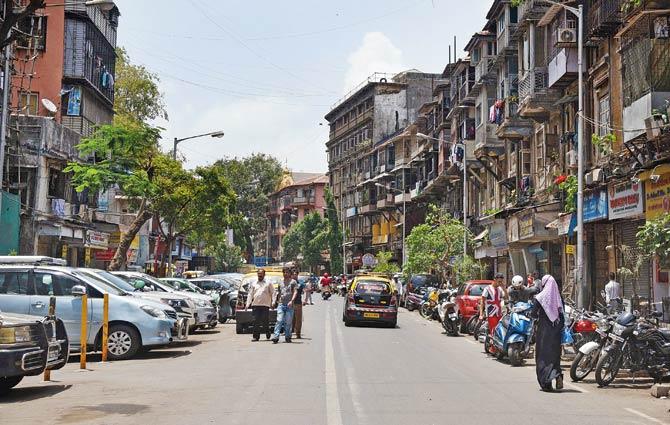
Earns notoriety as lair of the Mumbai don
Dongri
Dongri is derived from the Marathi word 'dongar' meaning hill tract of land that was typical of the area stretching from Carnac Bunder to Jail Road South.

Cumballa Hill, a swish SoBo area. Pic/Pradeep Dhivar
Cumballa Hill
Referred to as 'Kamballa Hill' by the Kolis, this area derived its name from the groves of kamal, the lotuses that were planted during Raja Bhimdev's rule over the islands in the 14th century.
Sutar Gully
This stretch, extending from 2nd Carpenter Lane to Dockyard Road was a locality made famous by the Somavanshi Kshatris, carpenters by profession, who were so called for the thread (sutar) with which they marked out measurements.

Juhu beach was once a sleepy fishing village
Vile Parle
Previously known as Vila Padla, the villages of Vila Parla and Ju (Juhu) were granted in inam to a Parsi, Navroji Jamsedji. According to records, the original name of the village was Veleh Parle, perhaps originating from a combination of the Portuguese word, velha and the Marathi word pada, meaning cluster of villages.
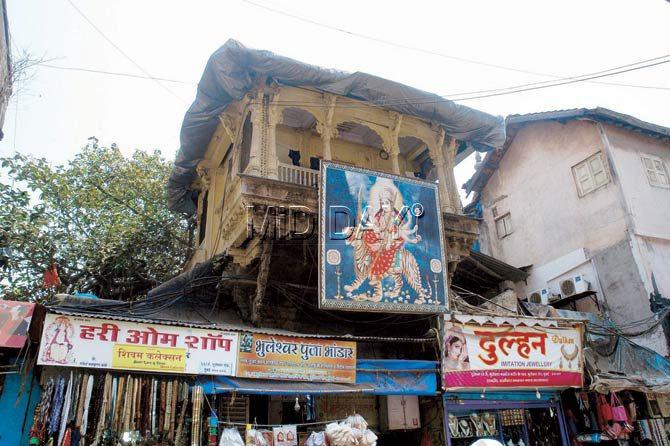
Nagarkhana at Madhav Baug temple within the Bhuleshwar temple complex. Musicians would perform in the balconies. Pic/Datta Kumbhar
Bhuleshwar
The Bhuleshwar temple was built by a rich Koli by the name of Bhula or Bhulya, who donated money towards the consecration ceremony. So the officiating priests decided to call the presiding deity at the temple Bhuleshwar. With time, the area took the name of this temple.
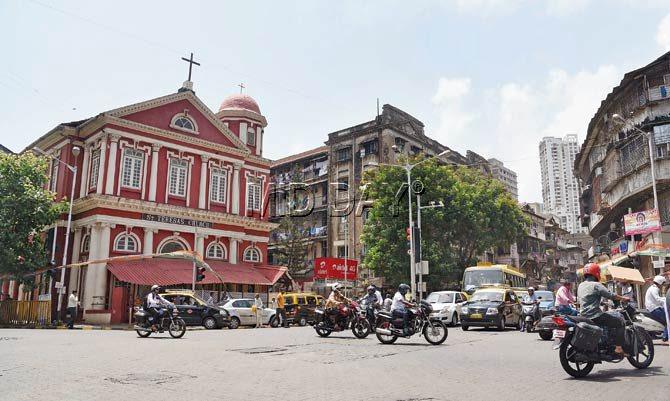
The Girgaum area, which is steeped in tradition. Pic/Suresh Karkera
Cavel
Once called Gaowadi, Cavel in Girgaum, was formerly occupied by Koli fisherfolk who were converted to Christianity by the Portuguese. It is the corruption of the Portuguese word for chapel, after the Cavel church called the Nossa Senhora de Saude (Our Lady of Health) was built as part of a family chapel in the late 1700s. Besides, it could also be a Portuguese rendering of Kolwar, a Koli hamlet. It gets its Gaowadi name for the beef shops that once lined this area or the cows that once grazed in this neighbourhood.
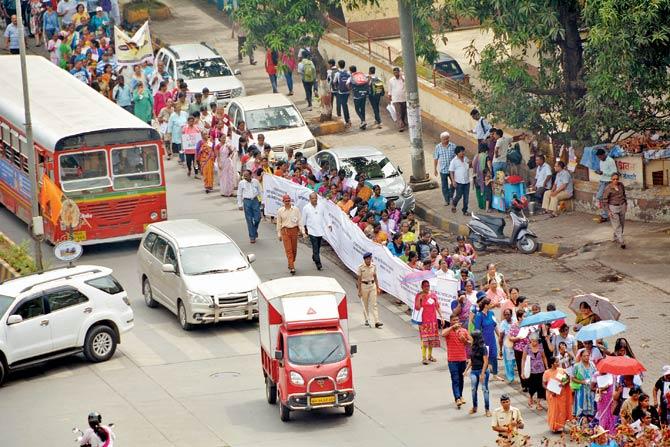
Busy, bustling and crowded Kandivali
Kandivali
The suburb derived its name possibly from the word 'khand' which is a sharp projection of rock that was perhaps a part of the stone quarries, situated in the area. This stone is believed to have been used for the landfills for the first Backbay Reclamation project that began in the mid-1860s.
Butcher Island
In the early days of British rule, livestock for the East India Company's consumption was reared, fattened and eventually slaughtered on Butcher Island near Elephanta, now renamed as Jawahar Dweep.
 Subscribe today by clicking the link and stay updated with the latest news!" Click here!
Subscribe today by clicking the link and stay updated with the latest news!" Click here!






